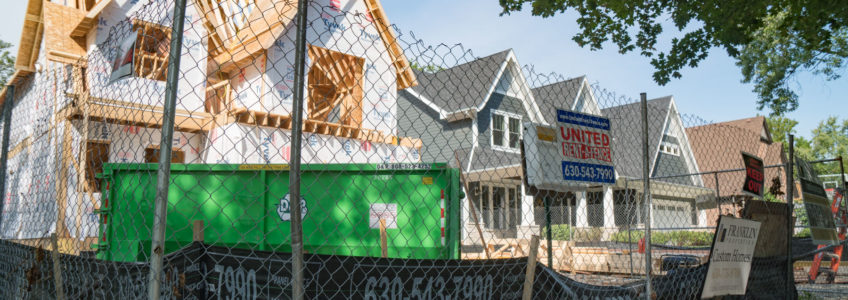
First timers renovating, adding on, or building a new construction home can feel overwhelmed when first looking at the building code for their town. With permits ranging from $20 to several hundreds of dollars each, knowing what you need before breaking ground or drywall can help you both financially prepare and navigate the approval process for your upcoming project. While the best solution is working with a seasoned contractor with numerous jobs in your town under his/her belt, you’ll likely find when you know the basics of the process, you’ll be more content as a customer and a happier client for your contractor. Before we dive into the details, it’s important to mention, if you picked a great contractor, let them be that great contractor—let this information help you as the customer better understand requirements when you discuss a change order with the contractor, not micromanage their work. And so, without further ado, a helpful guide to a successful and town-friendly project:
Work With Locals
Hiring a local architect and engineer to draw up plans can save you countless hours of re-engineering and resubmissions to your village or township for plan approvals. Local architects and engineers should have the greatest familiarity with building codes in their home turf, so designing the window egress size, stair rise and run sizes, building anchors and brackets, and electric or plumbing code should be a breeze, with more of their valuable time spent on designing your perfect spaces. Choosing a local general contractor with good referrals and reviews is also helpful, as in most cases the contractor will be pulling permits on your behalf and will be responsible for day-to-day adherence to the approved plans and code.
Meet Your Planning & Permitting Office
While it’s often the responsibility of the building contractor to pull the right permits, it is helpful to be involved with the initial plans submission or when the first permits are available for pick up. Often the inspector who reviewed the plans will have some notes, recommendations, or guidance to ensure full compliance—knowing this at the outset will help with your communication with the contractor as the project progresses. Remember, you’re the customer but it’s your contractor’s job to run a smooth construction project.
Greet The Inspector On Her First Visit
Most townships like to send the same inspector to a job from start to finish, so generally when you meet the inspector on the first visit, it will likely be the same inspector on subsequent visits. Let your contractor take lead in answering any questions the inspector brings up, you’re there to both gain an understanding of the process and show support for your contractor’s decisions and leadership. Don’t follow the inspector around the job site, just warmly greet the inspector and let your contractor take it from there—your contractor will have the experience and code knowledge to address any questions the inspector raises.
With more than a decade in the construction industry, we’ve had the pleasure of working with a large number of excellent contractors with a wealth of knowledge and experience. If you noticed a recurring theme in this article, it is intentional—knowledge of the process should inform and assist effective communication with your qualified licensed contractor. Lean on their experience for a smooth and successful build project. Also, if you’re in our service area, be sure to request United Rent-A-Fence for your construction fence rental company!






